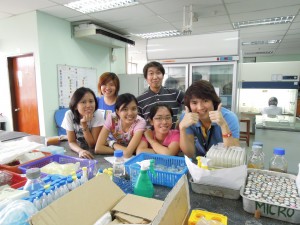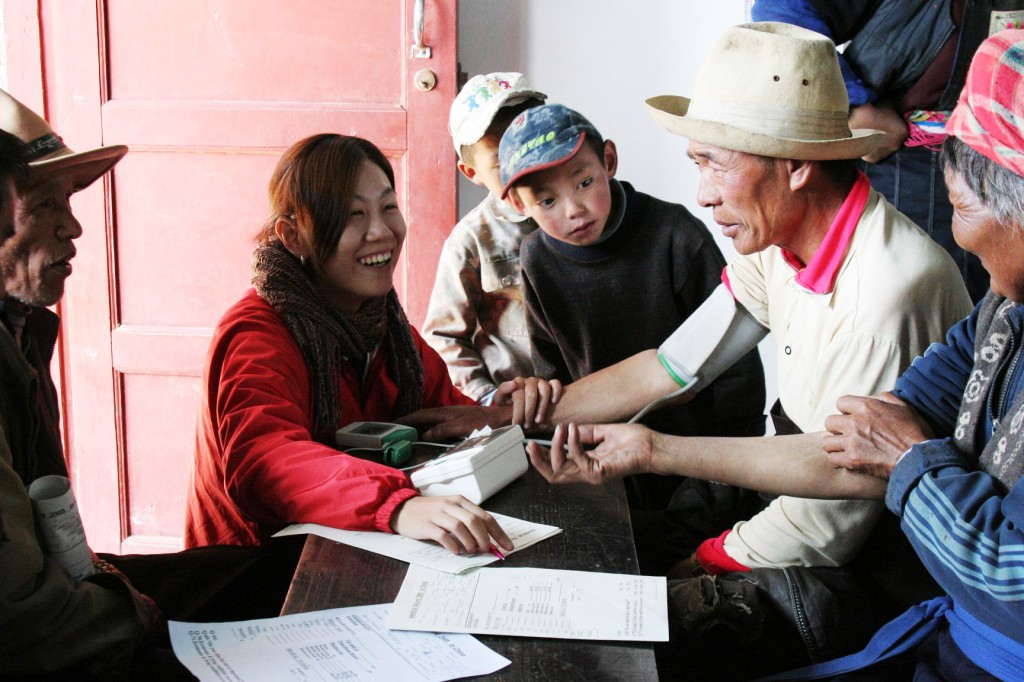Kyoto University School of Public Health
The School of Public Health (SPH) started as a new major field of studies of the Graduate School of Medicine in Kyoto University. SPH had just only a masters course at the beginning. Subsequently, a doctoral course was added. In 2004, a SPH masters course was reorganized into a professional degree program in public health.
Two professors from the Center for Southeast Asian Studies contribute to education and research of Graduate School of Medicine as a collaborating Department of Environmental Ecology (Prof. Mitsuaki Nishibuchi) and one of Field Medicine (Prof. Kozo Matsubayashi). As of April 2013, 10 students finished masters course and 8 have finished doctoral courses.
The School of Public Health (SPH):Website
Ecology with Emphasis on the Environment by Nishibuchi, Mitsuaki Ph.D.Professor
Kyoto University School of Public Health Website: Ecology with Empasis on the Environment
Even studies on very small microorganisms may allow us to comprehend particular features of certain areas and their association with the rest of the world. We study tropical infectious diseases by microorganisms in Southeast Asia. The effects of pathogenic microorganisms on people’s life and jobs (health, production, etc.) are very complicated. Interactions among pathogenic microorganisms, natural environments, and human environments play very important roles in the emergence and spread of particular local infectious diseases and their influence may sometimes spread to and affect other parts of the world. A pathogenic marine bacterium distributed in the coastal area of Southeast Asia, for instance, can cause a pandemic spread of its infection through activities of local people(In N. Ishikawa (ed.) Flows and Movements in Southeast Asia: New Approaches to Transnationalism, pp. 255-264, 2012).
Field Medicine by MATSUBAYASHI, Kozo Ph.D.Professor
Kyoto University School of Public Health Website: Field Medicine
As the name implies (clinical = “rinsho” or bedside in Japanese), the original mission of clinical medicine was to diagnose illness and treat the patient at his or her bedside in hospitals. Advanced and specialized medical technique has revolutionized the treatment of acute diseases and vastly increased survival. However, it is not easy to provide integrated health care within a hospital system that has been compartmentalized into specialties. Doctors working in hospitals tend to think in terms of diseases and conditions in his/her specialty and have little latitude to consider other issues such as: How is the patient spending his/her time? What kind of social interaction and support does the patient have from friends and family? What does the patient eat? What are the important issues this patient faces in daily life? These are not questions asked by medical staff in hospitals. Field Medicine aims a try to clarify disease and ageing associated with ecology and culture on sites.


